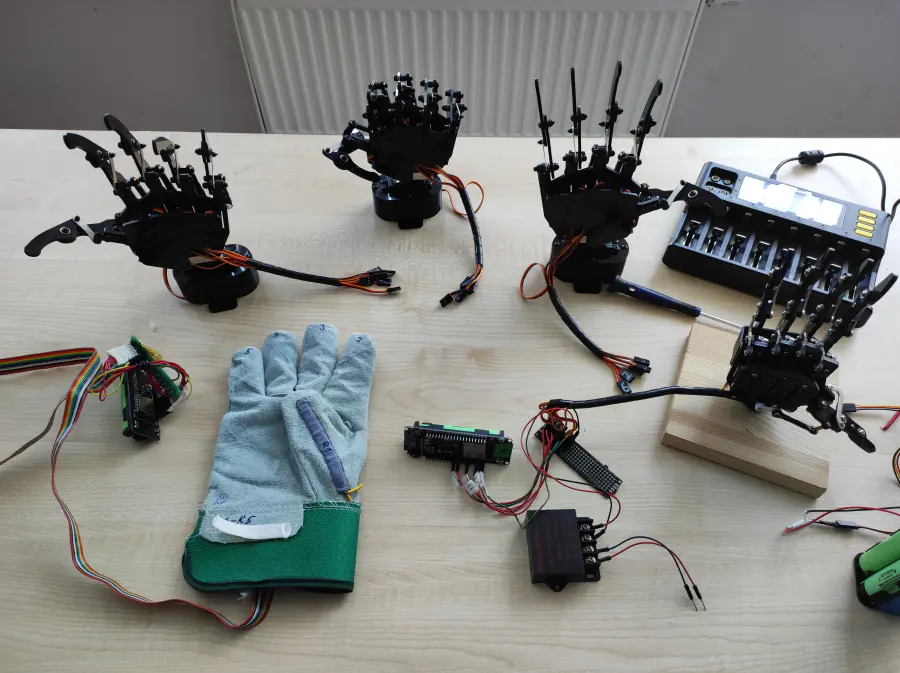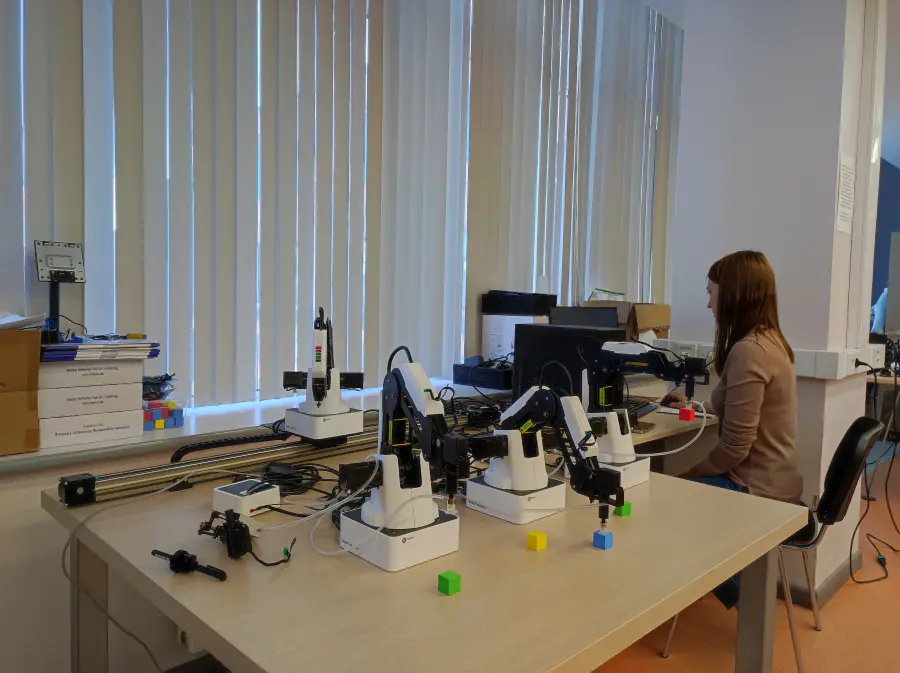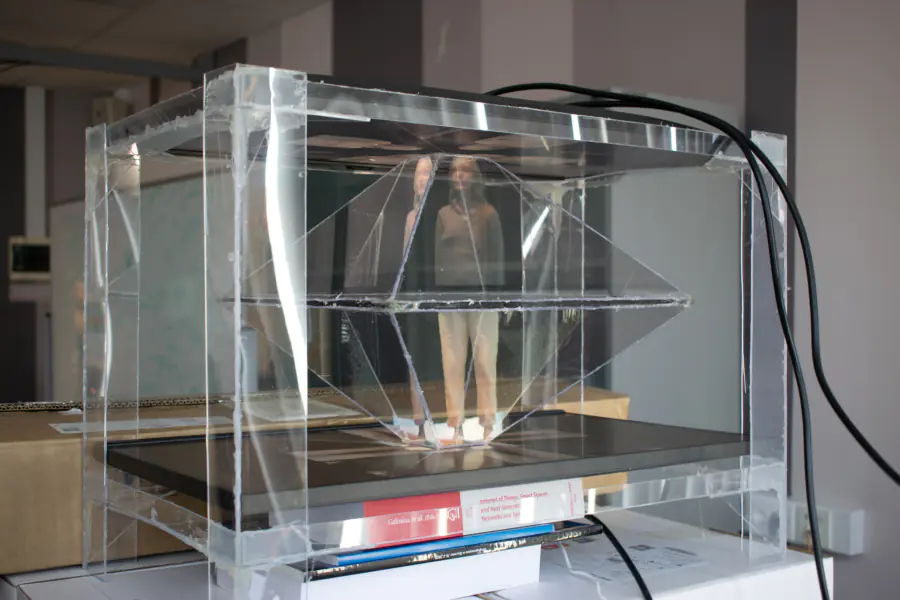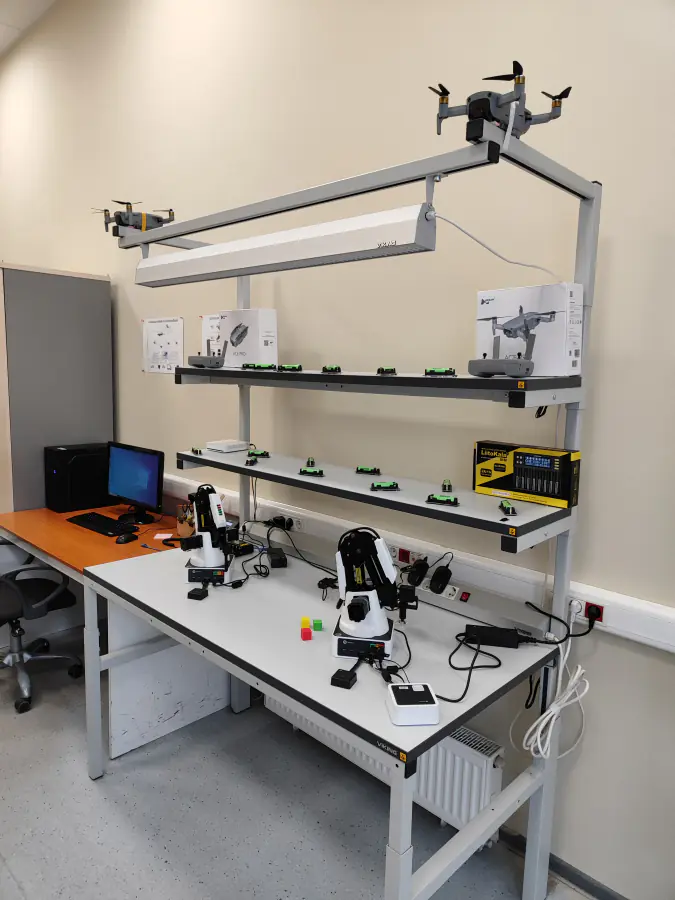MEGANETLAB 6G
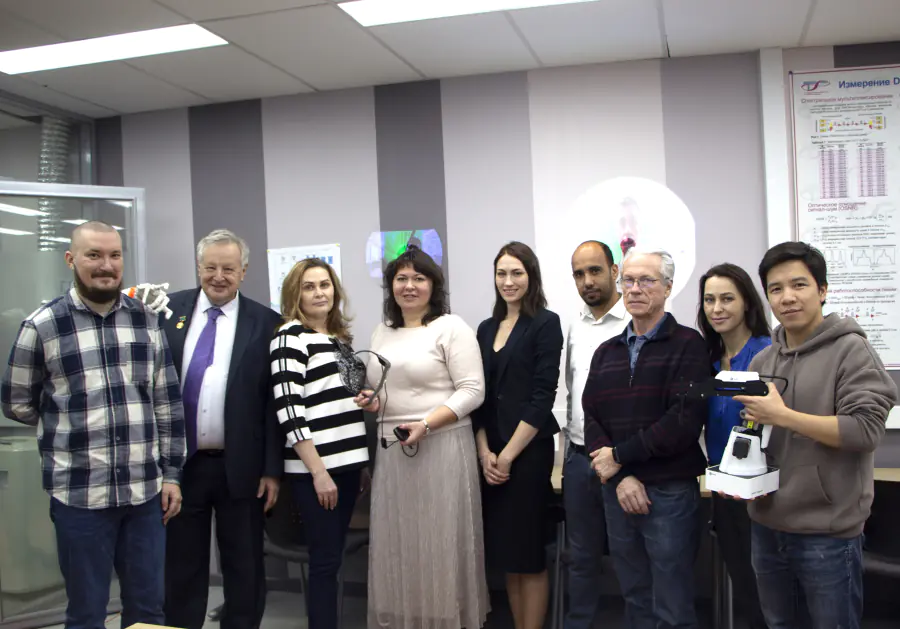
Name of the organization: Federal State Budgetary Educational Institution of Higher Education "St. Petersburg State University of Telecommunications named after Prof. M.A. Bonch-Bruevich".
Leading scientist: Dawood Ahmed Abdelrahim Abdellatif Ahmed.
The priority direction of scientific and technological development of the Russian Federation: 20a is the transition to advanced digital, intelligent production technologies, robotic systems, new materials and design methods, the creation of systems for processing large amounts of data, machine learning and artificial intelligence.
Field of sciences: Computer, Information Science and Technology.
Research area (project topic): Research of ultra-low latency and ultra-high density network technologies based on the widespread use of artificial intelligence for 6G networks.
The aim of the project is to create scientific foundations for the advanced implementation of sixth-generation 6G communication networks with the rational use of artificial intelligence technologies in the main network technologies on which 6G can be effectively implemented.
- Simulation modeling
- Mathematical modeling
- Physical models
- Machine learning
- Artificial intelligence
- Queuing Theory













